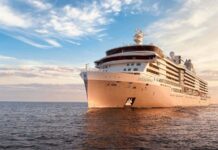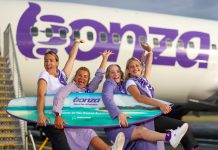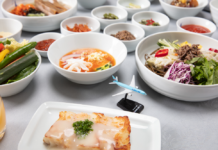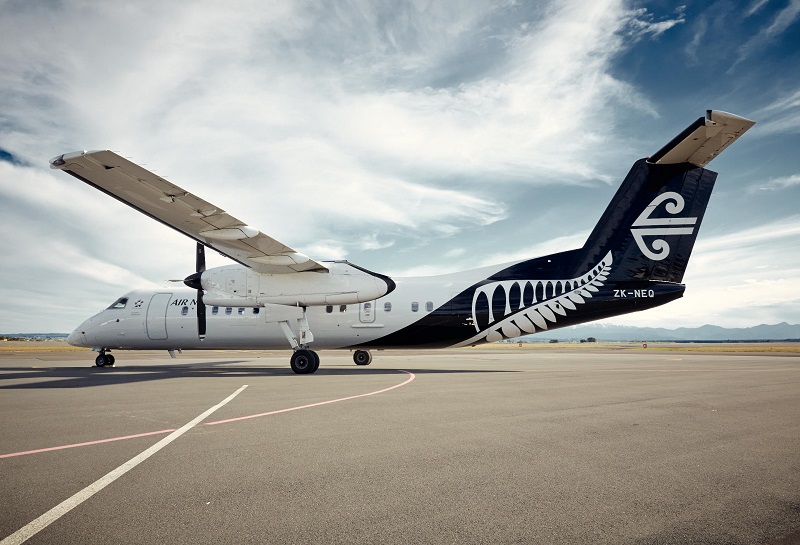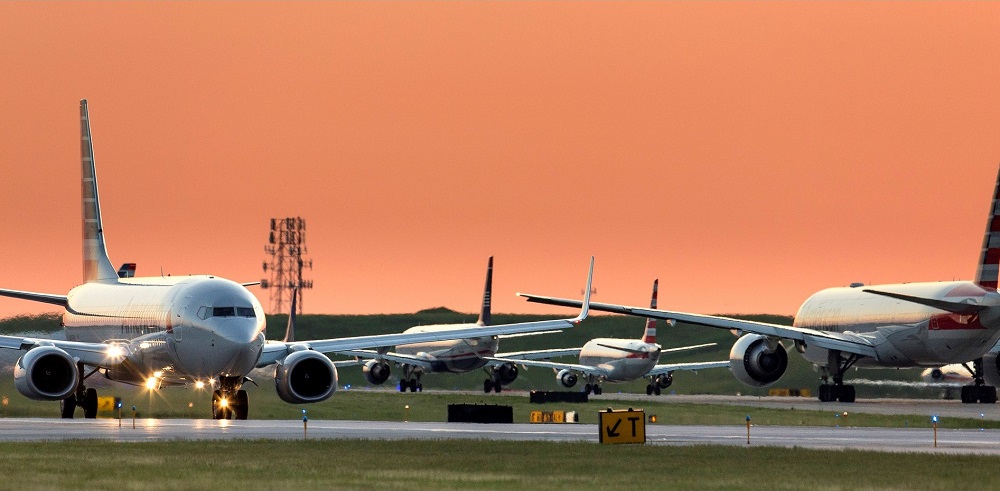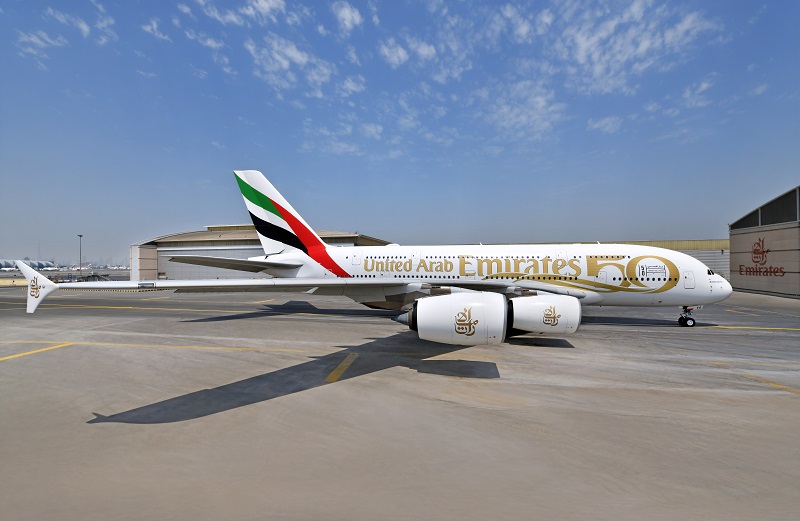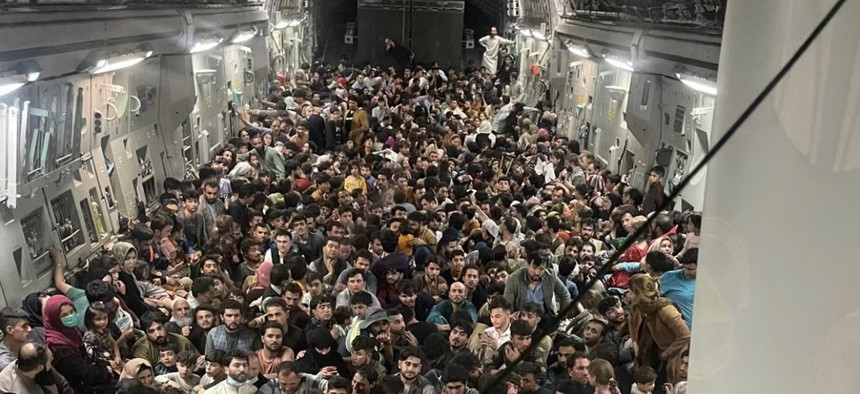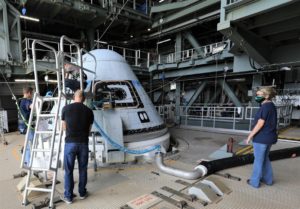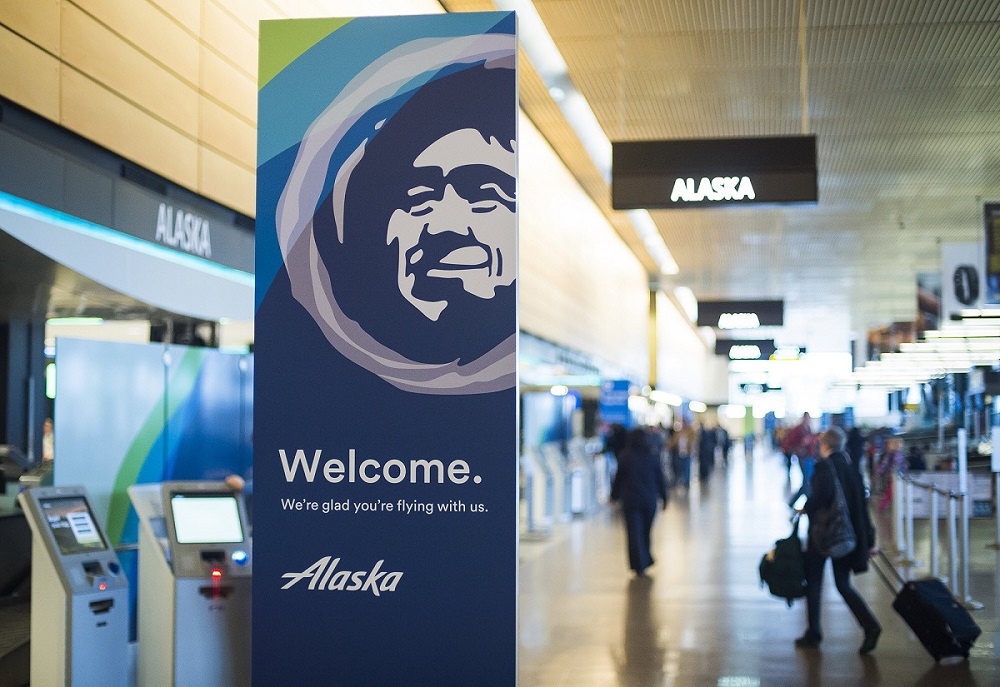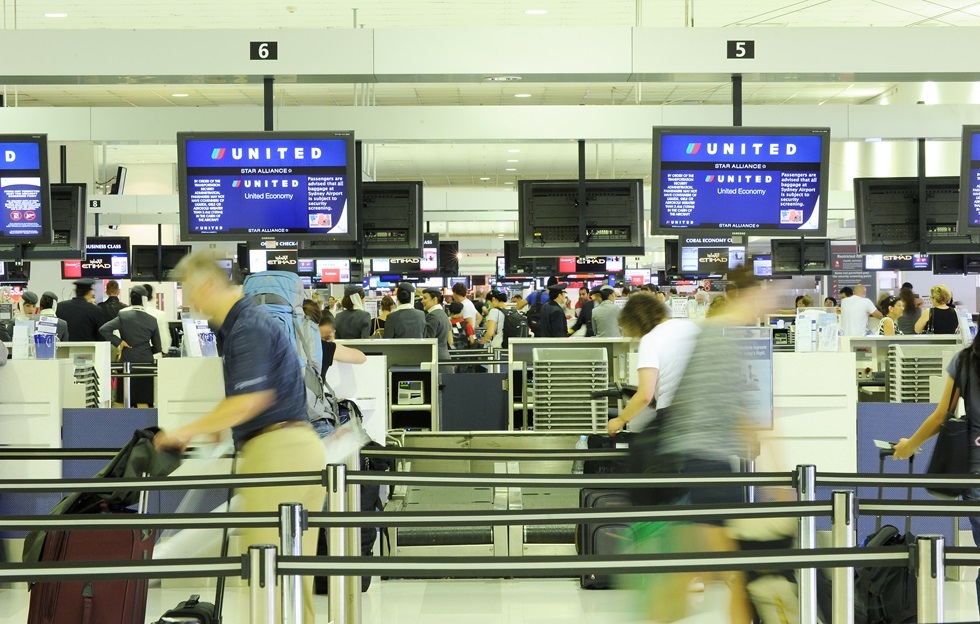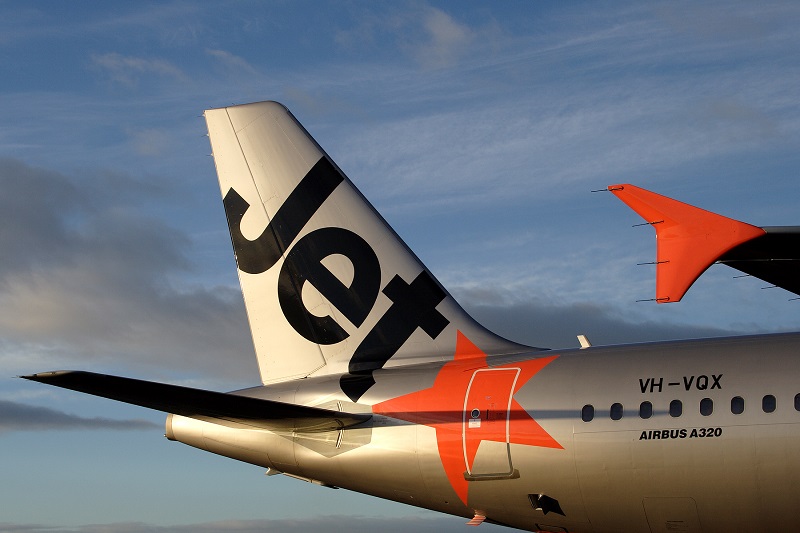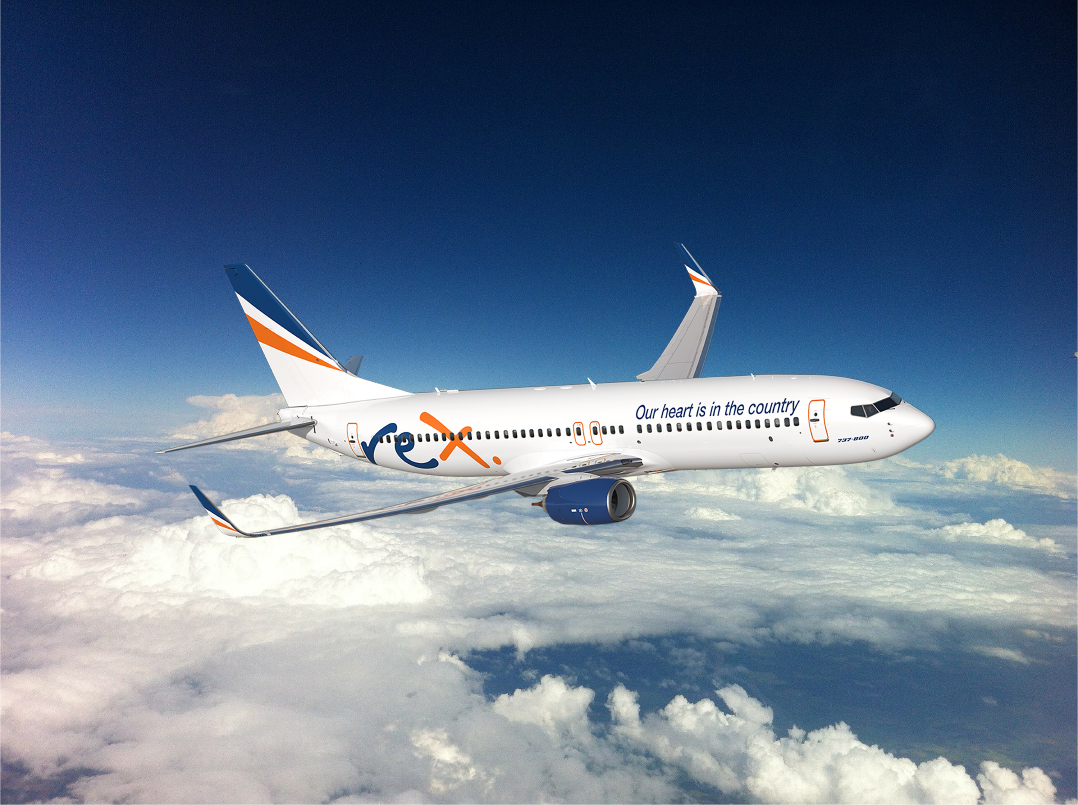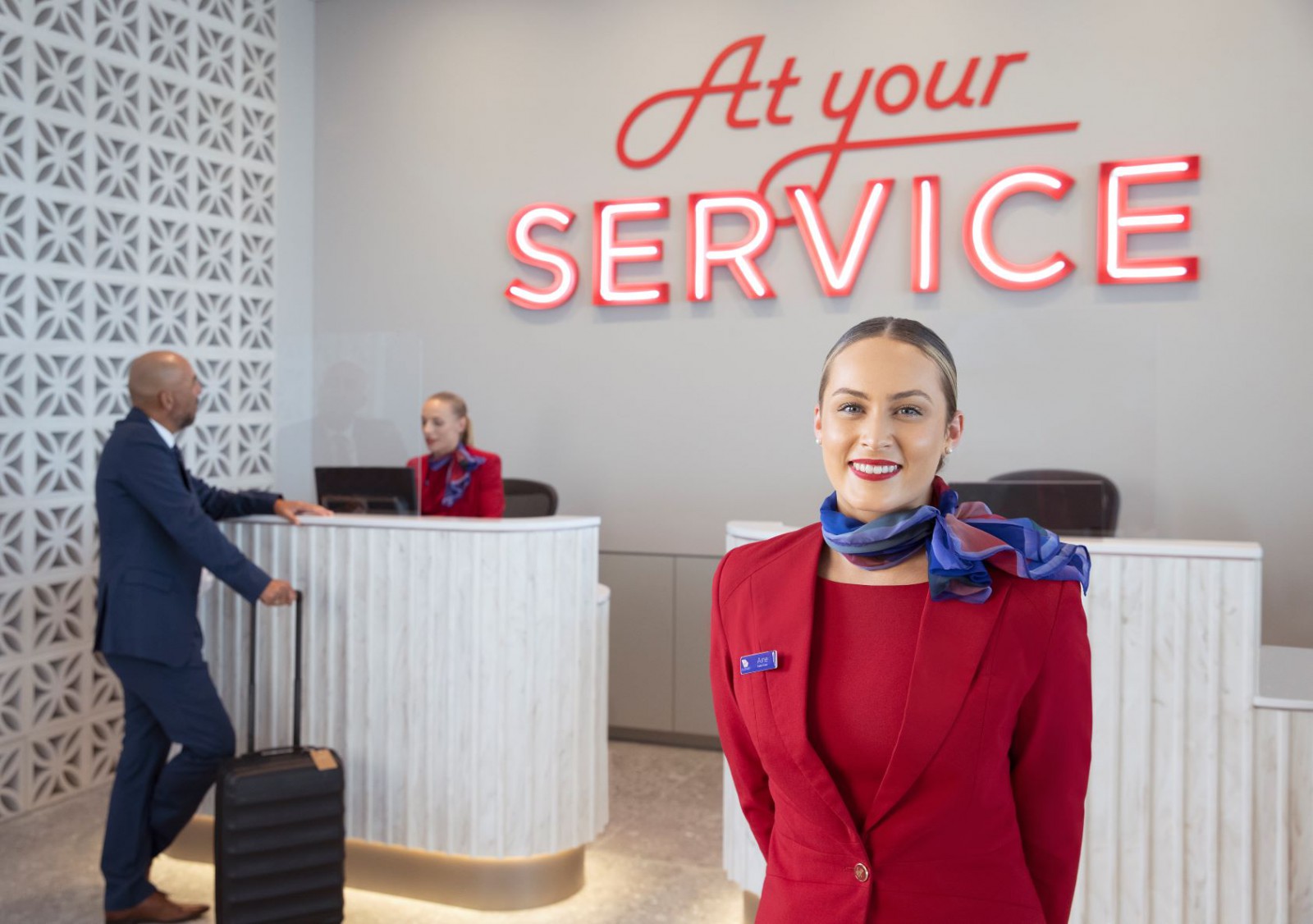Air New Zealand says it is well prepared to cope with the fallout of the snap nationwide COVID lock-down announced on Tuesday by Prime Minister Jacinda Ardern.
Ardern called the lockdown, initially for three days, in the hope of quashing a potential outbreak of the contagious COVID-19 Delta variant after the nation’s first case was identified In Auckland.
Six new cases have since been identified, including a nurse at Auckland Hospital. All have been linked to a 58-year-old tradesman with the original infection.
The New Zealand government introduced Level 4 restrictions limiting travel to essential services and AirNZ urged customers to ensure they were eligible to fly.
It decided to maintain its current schedule for the first 48 hours of the lockdown to enable customers to return home to their place of residence.
Late on Wednesday, it announced it was cutting domestic services on Friday to essential services only.
“From Saturday 21 August – Tuesday 24 August, services into and out of Auckland will continue on a limited schedule,” it said.
“Once guidance from the Government on the alert level for the rest of New Zealand has been given, the airline will update its domestic network accordingly.”
READ: Virgin to reopen elite lounges but Perth, Canberra miss out.
Food and beverage service was suspended on domestic flights, with water available on request, and the airline said this would remain in place until further notice.
The airline’s lounges were closed Tuesday night and valet parking was closed to new bookings. However, the airline said the parking service would remain open for 48 hours to allow customers to retrieve their cars.
Extra precautions aimed at keeping staff and customers safe during the alert included masks and gloves for all front line staff while customers were reminded they were still required to wear face coverings on flights.
The airline’s contact center and social media teams are facing high demand and while Air New Zealand chief executive Greg Foran said the airline was prepared for the lockdown, he urged customers to be patient.
“We want to remind customers that we’ve been here before and have built capability to work through the changes,’’ Foran said.
“Our teams will be working hard over the next 48 hours to get Kiwis to where they need to be and we ask that customers please be patient appreciate our staff are doing their very best.”
The airline said customers throughout New Zealand with existing bookings for travel between August 17 and August 24 would be able to change their booking with change fees and any fare difference waived through to 31 August.
They could do this by the airline’s online booking tool or by contacting their travel agent.
Customers who held a ticket for a domestic flight scheduled to depart up until 30 September were able to opt for credit and could do this via the airline’s online booking tool, it said.



